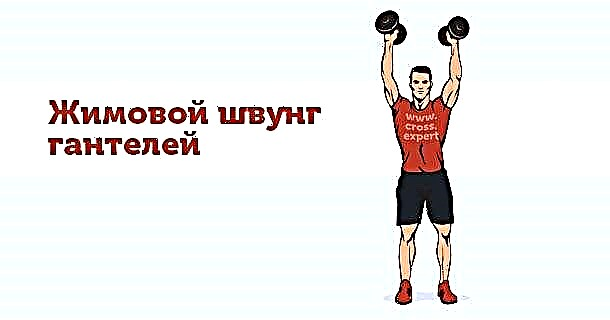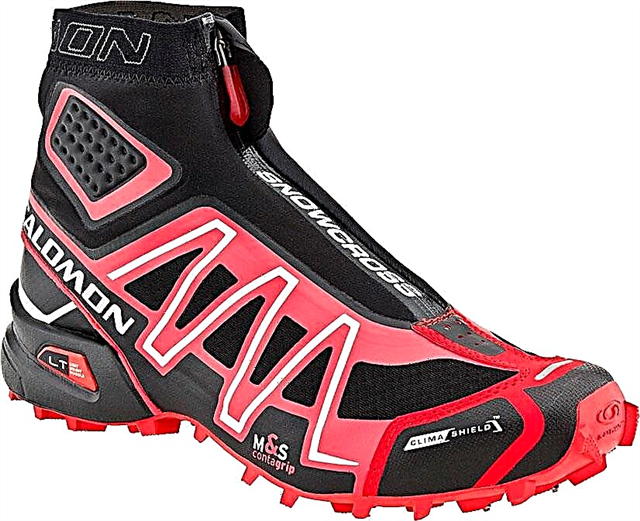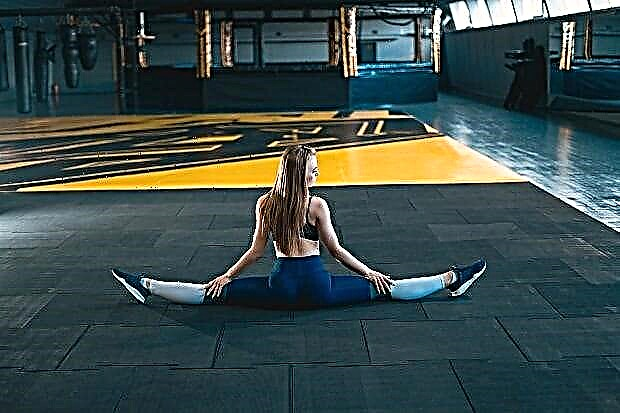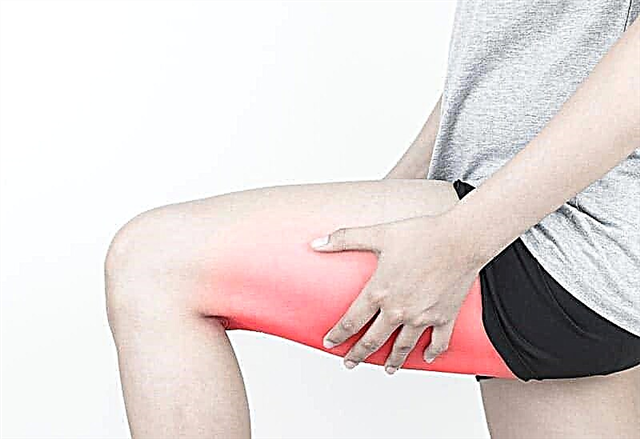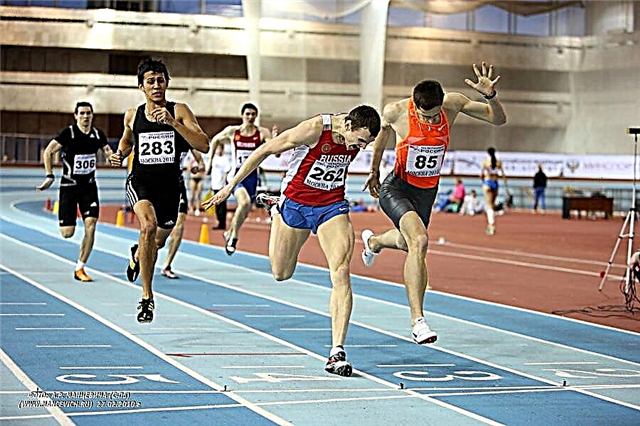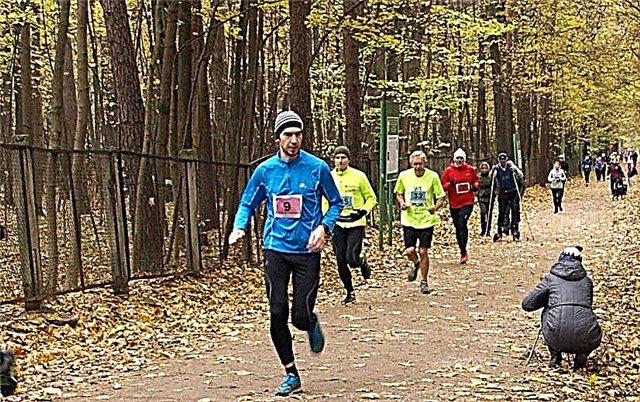If you have been diagnosed with osteochondrosis, this is not a reason to stop exercising. True, not all exercises are suitable for such a disease. Some are even contraindicated. In the article, we will answer the question of whether it is possible to make a bar for osteochondrosis. Let's figure out if the plank and osteochondrosis are compatible at all, and also tell you how regular practice affects the condition of the spine.
Features and specifics of the disease
Osteochondrosis is often called the disease of the century. More than 60% of the world's population suffers from it. The factors causing the disease are numerous: from physical inactivity, coupled with extra pounds, to excessive sports loads and injuries. Doctors pay attention that the disease is rapidly "getting younger" and is increasingly diagnosed in people aged 23-25 years.
The first and main symptom of osteochondrosis is pain in various parts of the back. But this is only a symptom. The mobility and flexibility of the spine is provided by intervertebral discs - cartilaginous plates of connective tissue. It is they who are affected in osteochondrosis: they are deformed, become smaller in height and thinner. Stiffness, curvature and even immobility of the spine are added to the pain.
Attention! Back pain means only the likelihood of osteochondrosis. It can be caused by other diseases as well. Therefore, do not self-diagnose and even more self-medicate!
In the last stage, the annulus fibrosus surrounding the intervertebral disc protrudes into the spinal canal, forming an intervertebral hernia. This is the most difficult consequence of osteochondrosis, often requiring surgical intervention. In other cases, doctors stop pain, prescribe physiotherapy and exercise therapy.
Depending on the area where the pathological changes began, osteochondrosis is distinguished:
- cervical;
- chest;
- lumbar.
How to do exercise adjusted for disease?
Physiotherapists include plank exercise in the complex recommended for osteochondrosis. It is aimed at strengthening the back, that is, at the formation of a strong corset of the muscles that support the spine. Patients are prohibited from working with weights, jumping, twisting. And the bar does not imply jerks and sudden movements of the head or body that are dangerous in case of illness, therefore, doctors do not prohibit doing this exercise with osteochondrosis of the thoracic spine and with osteochondrosis of the lumbar spine.
Execution technique:
- Do a small exercise to warm up muscles and joints (4-5 minutes).
- Starting position - lying on the floor, on your stomach, face down, elbows bent, palms resting on the floor at head level, legs brought together.
- Raise your body slowly and smoothly, straightening your arms.
- Lean on your toes and palms, buttocks and abs are tense.
- Legs, back, neck should form a straight line.
- Make sure that the lower back does not bend.
- Return to the starting position after 30 seconds.

If the first time you last 15-20 seconds, that's okay. Increase the time by 5 seconds every 2-3 days. The number of approaches at the initial stage is no more than three. Then it is permissible to increase them to five. The described method is a lightweight view of the bar. In the classic version, the emphasis is on the forearms, and not on the palms. Move to it when you can do the exercise with outstretched arms for 90 seconds or more.
Gradually complicate the exercise. Standing in the plank, alternately raise and stretch your arms forward. This puts more stress on your abdominal muscles. This diversifies the workout, given that standard abdominal exercises with osteochondrosis are undesirable.
With cervical osteochondrosis, the bar is also allowed, but with a condition. In no case do not bend your neck back, do not throw your head back. The gaze should only be directed downward. Otherwise, you run the risk of causing excessive compression of the muscles and vertebrae.
A similar mistake is made by people who go to the pool on the recommendation of a doctor, but swim without lowering their face into the water. As a result, the cervical spine is in constant tension: there is a risk of getting worsening of the condition instead of a positive effect.
Precautions and Tips
Physiotherapy exercises often become the only direction in the treatment and prevention of the disease. But despite the fact that the bar is one of the safest and most useful exercises for osteochondrosis, you should first consult a doctor. Find out if it is possible for you to do it. Only a specialist is able to determine at what stage of the disease you are and how not to harm the spine.
However, there are a number of universal tips to know before starting the plank.
- The exercise is strictly forbidden to perform in the acute phase of the disease with severe pain syndrome.
- Don't skip the warm-up. *
- If there is pain or even noticeable discomfort, stop. Return to the exercise only if you feel well.
- You shouldn't train to the limit. It is enough to feel a little tired, but not exhaustion.
* Not all exercises are also suitable for warm-up with osteochondrosis. For example, with cervical osteochondrosis, circular intense head movements cannot be done. With the thoracic and lumbar - sharp bends and swinging legs are prohibited. Therefore, consult a specialist and select a special complex.
Important! Do not take any pain relievers or ointments before exercising. You must clearly control your condition. Pain gives a signal: it is worth stopping and not overloading the spine, so as not to injure it.
Conclusion
Performing the plank for osteochondrosis, you reduce the load on the spinal column, strengthen the muscles of the press, shoulder girdle, arms and legs. With regular exercise, the number of exacerbations decreases. The main thing is to do it adjusted for your condition and taking into account the recommendations of the attending physician.

